Buy this bird art Spoonbill in the Afferden floodplain by Michelle Peeters on canvas, ArtFrame, poster and wallpaper, printed on demand in high quality.
About "Spoonbill in the Afferden floodplain"
by Michelle Peeters
About the artwork
The spoonbill (Platalea leucorodia) is a bird in the ibis and spoonbill family. The scientific name of the species was published in 1758 by Carl Linnaeus. It occurs in the Land of Maas and Waal, in the so-called 'wheels' (a small lake in the floodplain, left behind after a dike breach). The spoonbill has a length of about 80 to 93 cm. The spoonbill is immediately recognisable by its spatula-shaped widened black bill at the tip, which is yellow at the front. The bird is white with yellow/light orange patches. The extended head feathers form a bushy crest. The bird forages in wet meadows, near ditches, on mudflats and mudflats. It feeds on fish, aquatic animals, snails, leeches, insects and worms, with occasional plant parts. Breeding occurs in colonies in marshes, floodplains, reed beds and other inaccessible places. Spoonbills often nest in riparian forests along rivers. A nest is made of rushes, aquatic plants and grass. The clutch consists of three to five dull white eggs with brown spots. The average life expectancy is four to five years.

About Michelle Peeters
Michelle Peeters (1965) My interest in photography and film started around the age of 15. In 1987, I started my career as an ICT specialist. However, my spare time was spent travelling, photographing and filming. In 2006, photography finally won out. I followed my training at.. Read more…
 Netherlands
Netherlands Ordered in August 2020
Ordered in August 2020
 Netherlands
Netherlands Ordered in December 2018
Ordered in December 2018
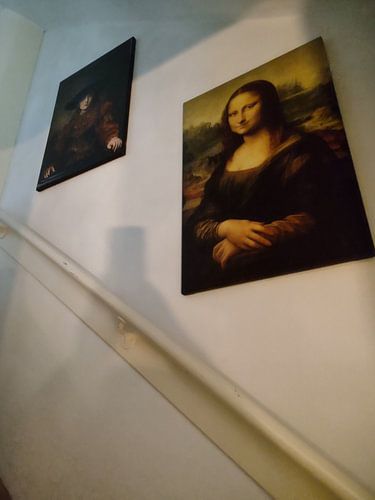
 Netherlands
Netherlands Ordered in September 2020
Ordered in September 2020
 Netherlands
Netherlands Ordered in July 2024
Ordered in July 2024
 Netherlands
Netherlands Ordered in May 2023
Ordered in May 2023
 Netherlands
Netherlands Ordered in February 2021
Ordered in February 2021
 Germany
Germany Ordered in June 2022
Ordered in June 2022
 Germany
Germany Ordered in April 2020
Ordered in April 2020
 Germany
Germany Ordered in June 2019
Ordered in June 2019
 Germany
Germany Ordered in June 2022
Ordered in June 2022
 Netherlands
Netherlands Ordered in June 2020
Ordered in June 2020
 Germany
Germany Ordered in January 2021
Ordered in January 2021
About the material
ArtFrame™
Interchangeable Art Prints
- High-quality print
- Easily interchangeable
- Acoustic function
- Large sizes available
Discover the artworks of Michelle Peeters
 Radio KootwijkMichelle Peeters
Radio KootwijkMichelle Peeters Radio KootwijkMichelle Peeters
Radio KootwijkMichelle Peeters Citroën DS in front of EvoluonMichelle Peeters
Citroën DS in front of EvoluonMichelle Peeters Blob en Philips Lichttoren in EindhovenMichelle Peeters
Blob en Philips Lichttoren in EindhovenMichelle Peeters Het Evoluon Michelle Peeters
Het Evoluon Michelle Peeters Strijp-R in EindhovenMichelle Peeters
Strijp-R in EindhovenMichelle Peeters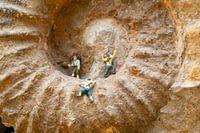 Miniaturen op ammoniet fossielMichelle Peeters
Miniaturen op ammoniet fossielMichelle Peeters Ales Stenar stone circle in Skåne in SwedenMichelle Peeters
Ales Stenar stone circle in Skåne in SwedenMichelle Peeters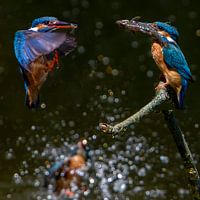 Kingfishers fishingMichelle Peeters
Kingfishers fishingMichelle Peeters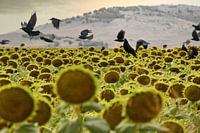 Van Gogh-like setting in RomaniaMichelle Peeters
Van Gogh-like setting in RomaniaMichelle Peeters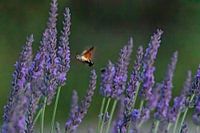 Hummingbird butterfly between the lavendersMichelle Peeters
Hummingbird butterfly between the lavendersMichelle Peeters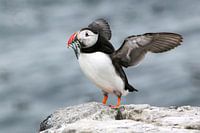 Puffin on the Farne IslandsMichelle Peeters
Puffin on the Farne IslandsMichelle Peeters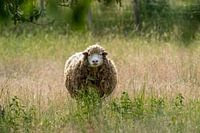 Sheep during the golden hourMichelle Peeters
Sheep during the golden hourMichelle Peeters Sadhu (holy man) in Kathmandu - NepalMichelle Peeters
Sadhu (holy man) in Kathmandu - NepalMichelle Peeters Bee-eaters in heated conversationMichelle Peeters
Bee-eaters in heated conversationMichelle Peeters Starling swarms against setting sunMichelle Peeters
Starling swarms against setting sunMichelle Peeters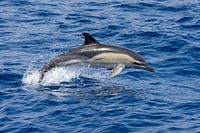 Gewone dolfijn (delphinus delphis)Michelle Peeters
Gewone dolfijn (delphinus delphis)Michelle Peeters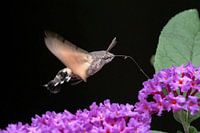 Hummingbird butterfly (Macroglossum stellatarum)Michelle Peeters
Hummingbird butterfly (Macroglossum stellatarum)Michelle Peeters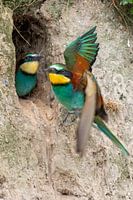 Bee-eater feeds its youngMichelle Peeters
Bee-eater feeds its youngMichelle Peeters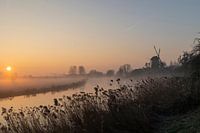 Windmill in Beesd at sunrise and fogMichelle Peeters
Windmill in Beesd at sunrise and fogMichelle Peeters
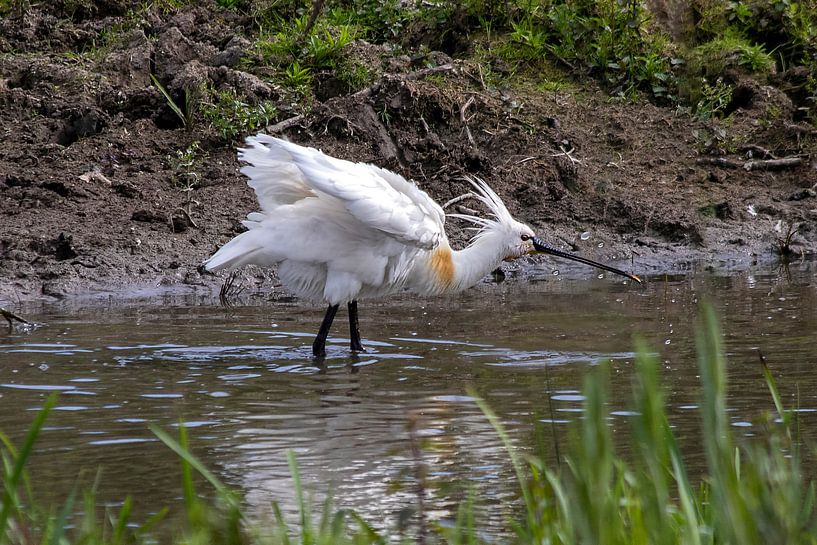












 Birds
Birds Nature and weather
Nature and weather Photo wallpaper
Photo wallpaper Photography
Photography Safari
Safari Serene Peace
Serene Peace Water birds
Water birds









